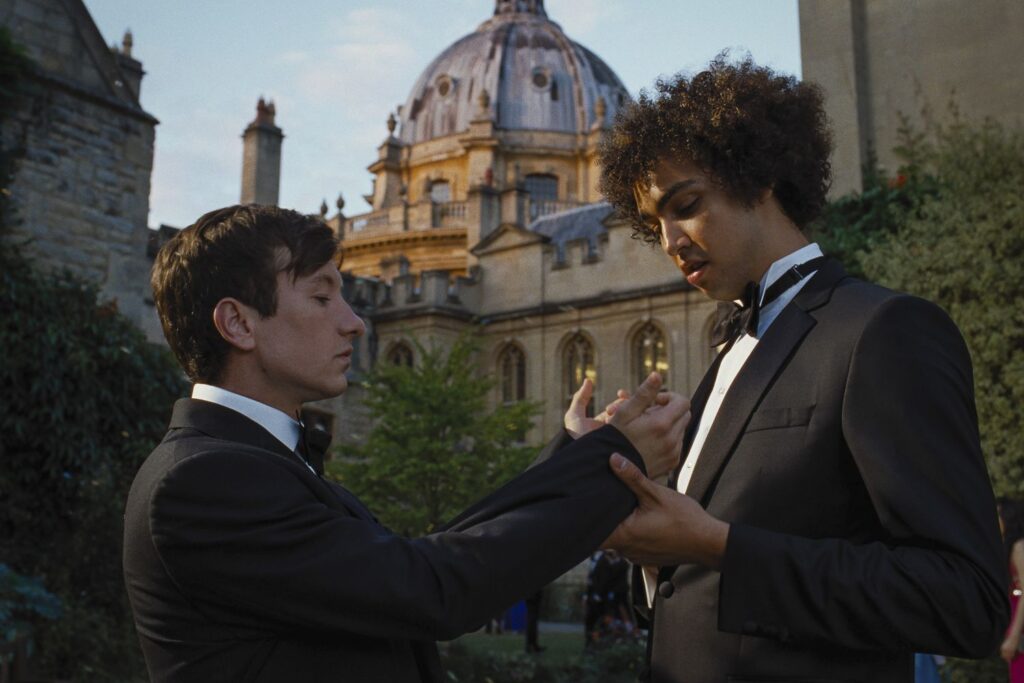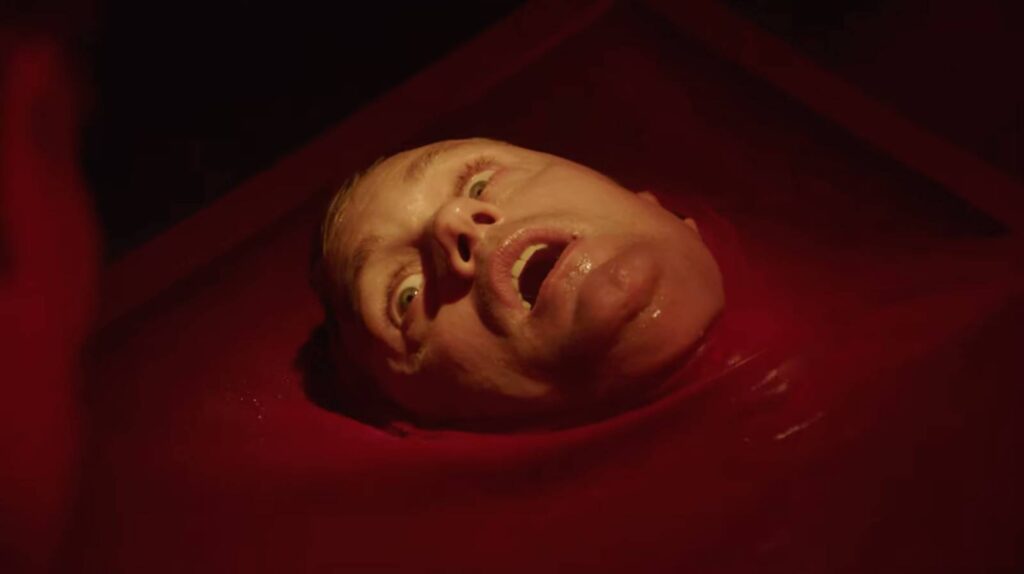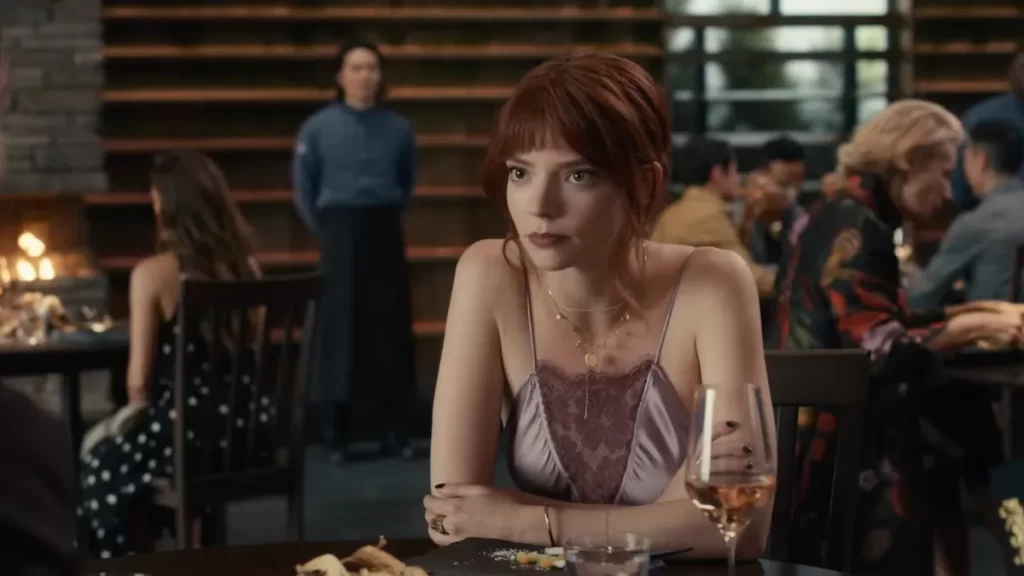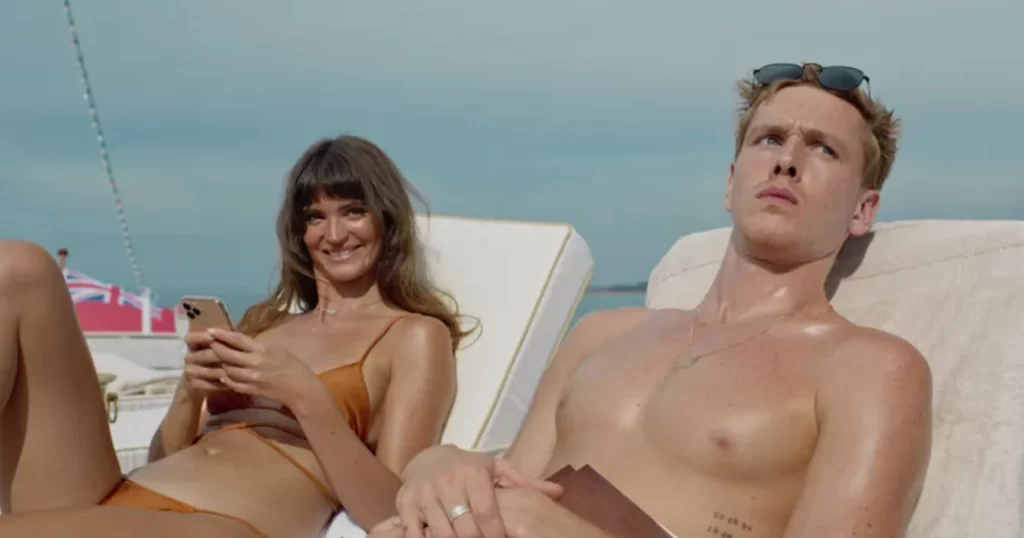American Fiction: By Book or by Crook
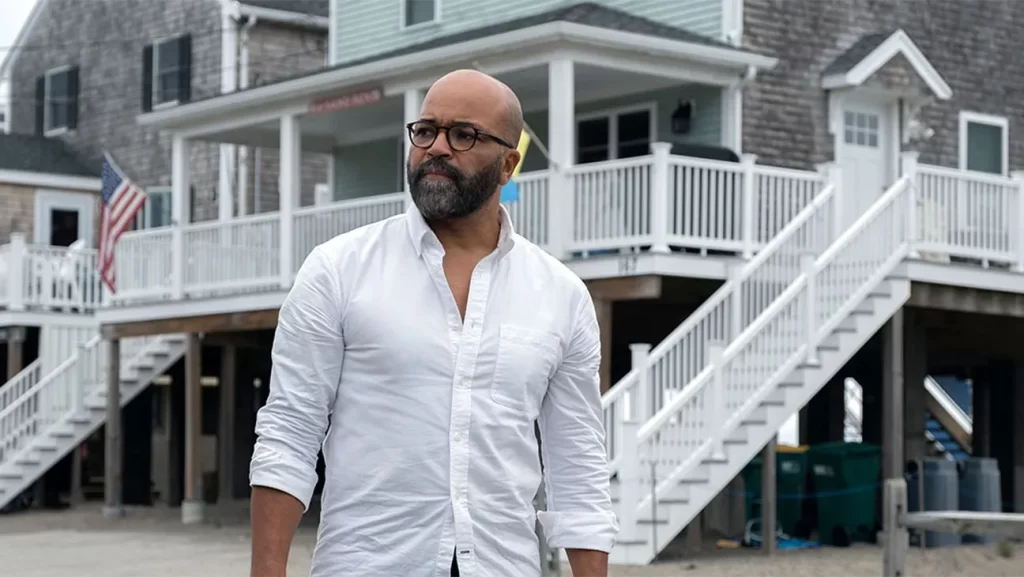
Writing is a task infected with misery and failure: an endless cycle of staring at a blank screen, deleting reams of gibberish, and questioning your life choices. (Am I speaking hypothetically? Reader, I am not.) So it was with a mixture of envy and disbelief that I watched Thelonious Ellison (Jeffrey Wright), better known for obvious reasons as Monk, sit at his desk and confidently compose an entire novel in what appeared to be a single night. What’s his next trick, building Rome?
Not that Monk is an especially successful artist. The flailing hero of American Fiction, Monk is a mythological scholar whose fearsome intellect has failed to translate into financial security or critical renown. (When he appears at a book panel, he scratches a missing vowel onto the placard that misspelled his name.) His latest text, a meticulous analysis of Aeschylus’ The Persians, hasn’t attracted the slightest nibble from publishers, given that it’s miles removed from the zeitgeist. “They want a Black book,” explains his agent, Arthur (John Ortiz). Monk’s frustrated response—“I’m Black, and it’s my book”—betrays not only his stubbornness, but his woeful ignorance of consumer demand. Read More

